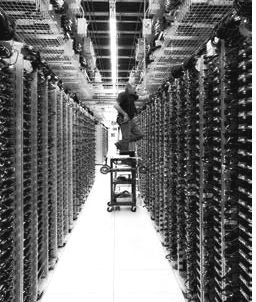
Does Google’s TPU Investment Make Sense Going Forward?
Google created quite a stir when it released architectural details and performance metrics for its homegrown Tensor Processing Unit (TPU) accelerator for machine learning algorithms last week. …

Google created quite a stir when it released architectural details and performance metrics for its homegrown Tensor Processing Unit (TPU) accelerator for machine learning algorithms last week. …

If you want an object lesson in the interplay between Moore’s Law, Dennard scaling, and the desire to make money from selling chips, you need look no further than the past several years of Intel’s Xeon E3 server chip product lines. …
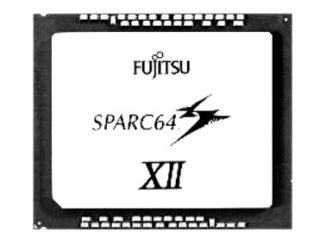
While a lot of the applications in the world run on clusters of systems with a relatively modest amount of compute and memory compared to NUMA shared memory systems, big iron persists and large enterprises want to buy it. …
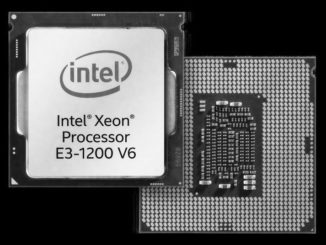
The tick-tock-clock three step dance that Intel will be using to progress its Core client and Xeon server processors in the coming years is on full display now that the Xeon E3-1200 v6 processors based on the “Kaby Lake” have been unveiled. …

It is almost a foregone conclusion that when it comes to infrastructure, the industry will follow the lead of the big hyperscalers and cloud builders, building a foundation of standardized hardware for serving, storing, and switching and implementing as much functionality and intelligence as possible in the software on top of that to allow it to scale up and have costs come down as it does. …
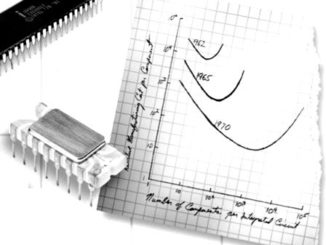
With absolute dominance in datacenter and desktop compute, considerable sway in datacenter storage, a growing presence in networking, and profit margins that are the envy of the manufacturing and tech sectors alike, it is not a surprise that companies are gunning for Intel. …
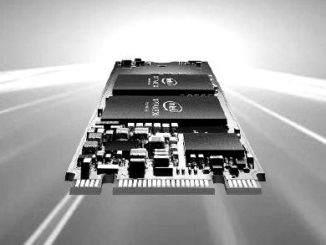
The ramp for Intel’s Optane 3D XPoint memory, which sits between DDR4 main memory and flash or disk storage, or beside main memory, in the storage hierarchy, is going to shake up the server market. …

An increasing amount of the world’s data is encapsulated in images and video and by its very nature it is difficult and extremely compute intensive to do any kind of index and search against this data compared to the relative ease with which we can do so with the textual information that heretofore has dominated both our corporate and consumer lives. …
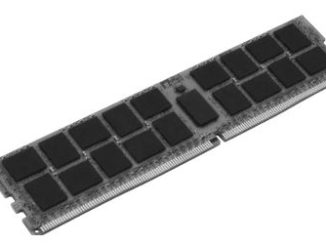
Increasing parallelism is the only way to get more work out of a system. …
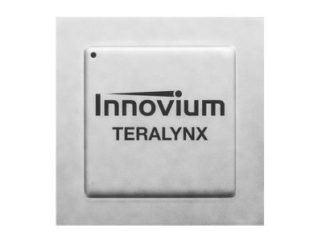
Ethernet switching has its own kinds of Moore’s Law barriers. The transition from 10 Gb/sec to 100 Gb/sec devices over the past decade has been anything but smooth, and a lot of compromises had to be made to even get to the interim – and unusual – 40 Gb/sec stepping stone towards the 100 Gb/sec devices that are ramping today in the datacenter. …
All Content Copyright The Next Platform